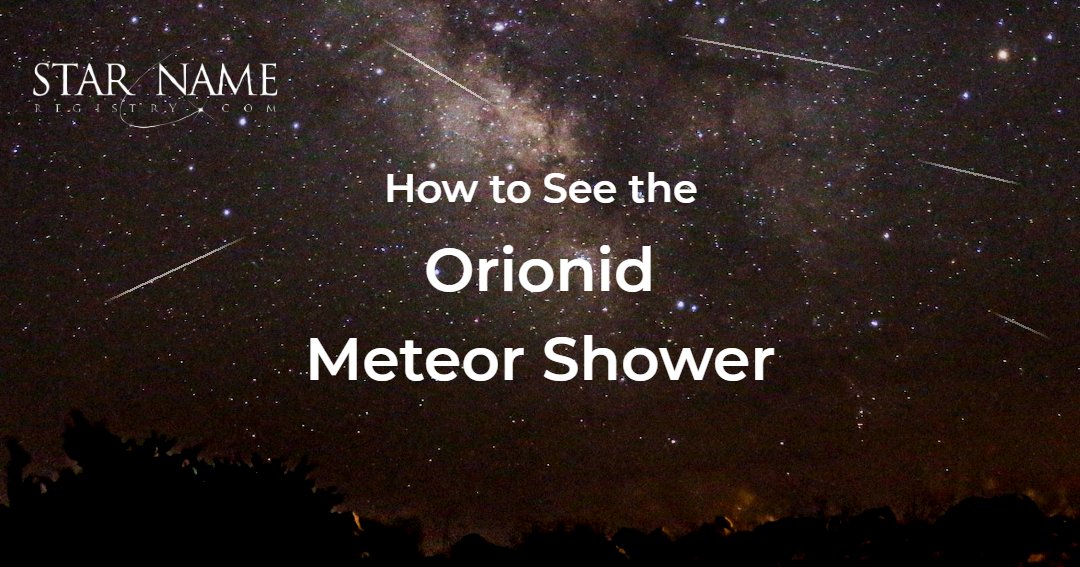
The night sky has a spectacular show in store for us, so mark your calendars and make a date with the stars because the annual Orionid meteor shower is just around the corner. In this blog, we'll guide you on when and how to witness this mesmerising cosmic display and even sprinkle in some interesting facts about the Orionids.
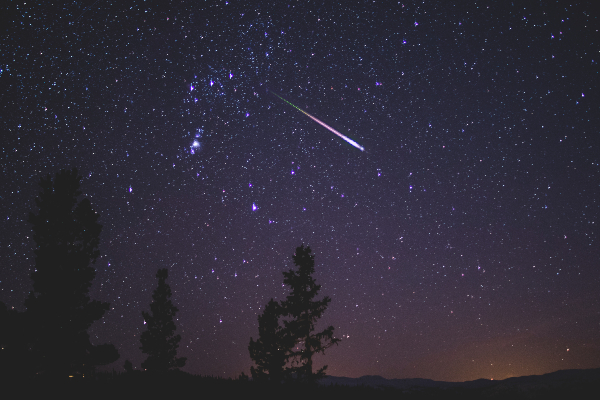
The Orionids are visible from September 26 to November 22, which means you have a window of several weeks to catch this dazzling display. However, the best nights to witness its peak performance are just around the corner. In 2023, the Orionid meteor shower be at its most impressive on the nights of October 21 and 22. These are the moments when the sky will truly come alive! The radiant point, which is where the meteors originate from in the Orion constellation, is at its highest in the sky around 2 a.m.
Viewing the Orionid meteor shower is an unforgettable experience. You don't even need any special equipment like telescopes or binoculars: the meteors can be seen with the naked eye. Grab a comfy chair, bundle up to stay warm, and head to a location away from city lights and light pollution. Your eyes need time to adjust to the darkness, so put your phone away - patience is key!
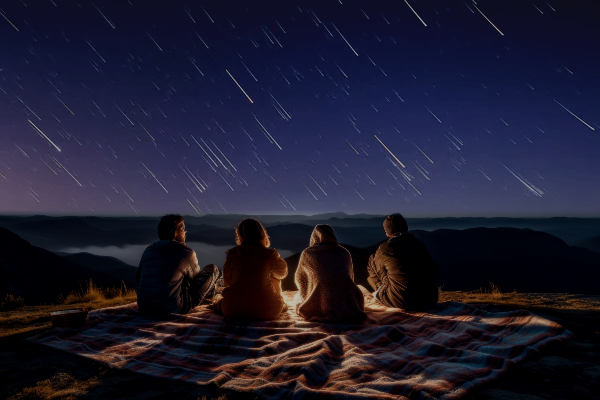
The good news is that the Orionids don't restrict themselves to a specific region of the sky. You can spot them from all directions. However, if you follow their paths, they appear to originate from the constellation of Orion, known as the Hunter. This famous constellation is one of the easiest to find in the sky and during the peak of the Orionids, it becomes the radiant point for these meteor streaks. Orion is also one of the constellations that is visible from almost everywhere in the world, so you’ll be part of a shared global experience when witnessing this celestial event.
The peak of the Orionid meteor shower is on the nights of October 21 and 22, 2023. During this period, the meteors rain down at their maximum intensity. Less than half of the Moon will be illuminated, ensuring the skies are dark for ideal meteor-gazing.
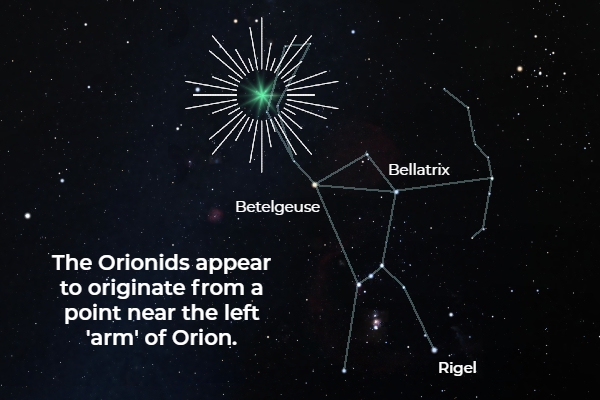
Now, a little about the Orionids: they are special in their own right. These meteors are fragments of Comet 1P/Halley, famously known as Halley's Comet. While Halley's Comet graces our skies only once around every 75 years, the Orionid meteor shower is visible annually. As Halley's Comet travels around the sun, it leaves behind a trail of tiny debris, the size of grains of sand. When this debris enters our atmosphere at a supersonic speed of around 41 miles per second, it vaporises from the air's friction, creating the bright streaks we call meteors.
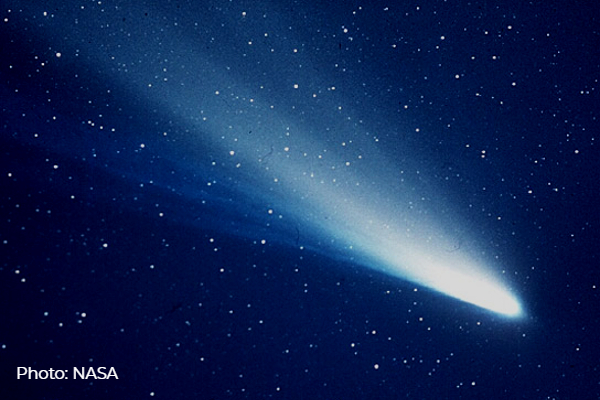
As you're preparing to enjoy the Orionid meteor shower, why not make this experience even more special by naming a star in the Orion constellation with Star Name Registry? It's a unique way to celebrate this celestial event and make it a memorable gift for yourself or a loved one. Plus, if you sign up for our newsletter, you'll gain access to exclusive Black Friday and Christmas discounts. Don't miss out on this opportunity to make the stars a part of your life!
The Orionid meteor shower is a stunning reminder of the cosmic beauty that surrounds us, so prepare for an enchanting night under the stars and take this opportunity to name a star in the Orion constellation. It's your chance to create a connection with the cosmos that will last beyond a lifetime!